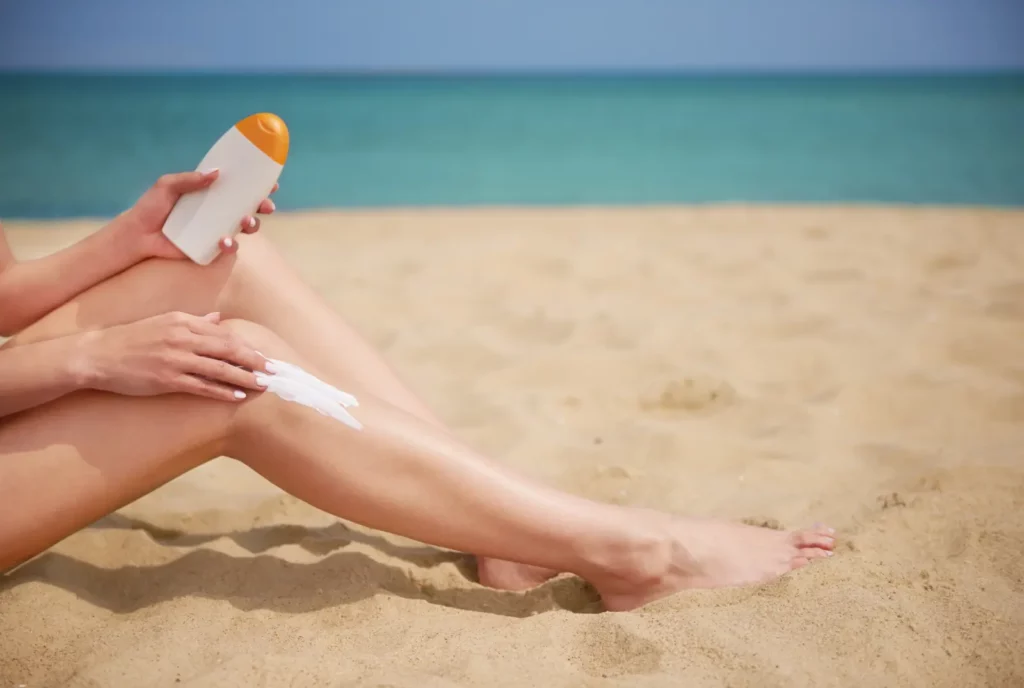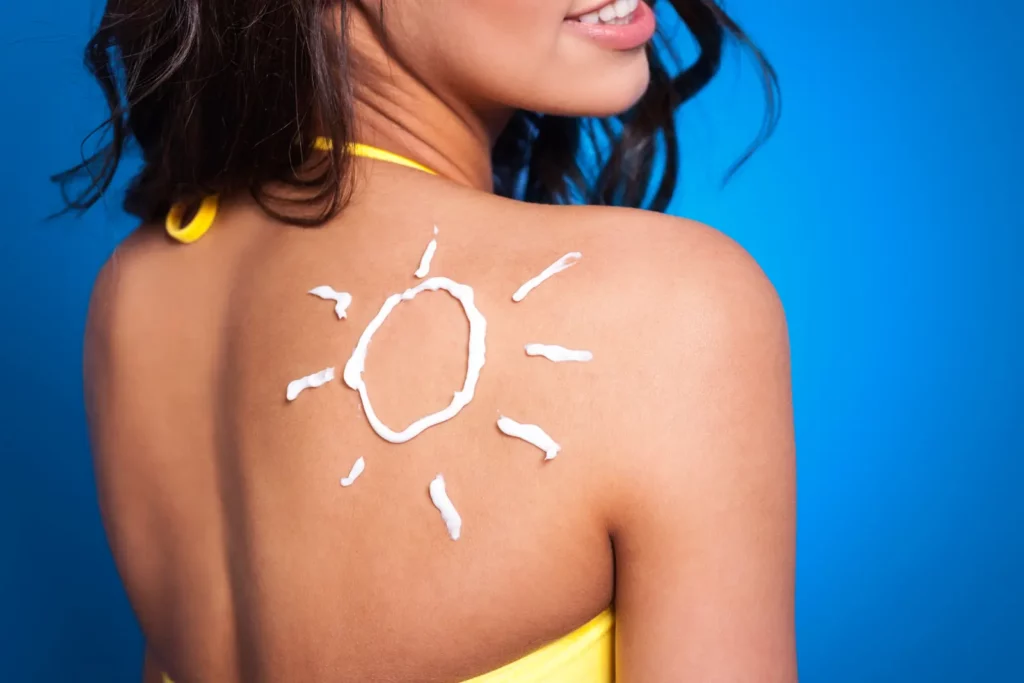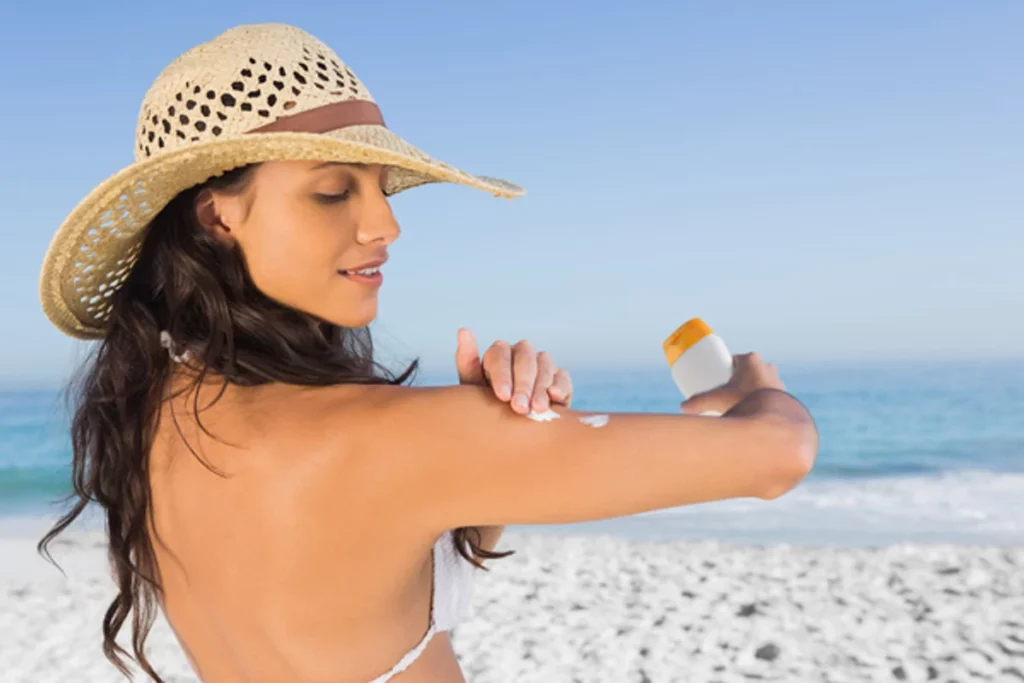Are you wondering if you are using sunscreen the right way? Here’s how to apply sunscreen correctly for maximum sun protection.
Sunscreen is a vital part of your skincare routine. It helps shield your skin from the sun’s damaging ultraviolet (UV) rays, which can cause sunburn and up your risk of developing skin cancer. The world is waking up to the importance of applying sunscreen every day. But even the most skincare-savvy people frequently have trouble determining when to apply sunscreen, how much to use, how often to reapply it, and so on.
If you have ever wound up with a painful sunburn, even though you took time to apply sunscreen, you are not alone. To avoid this in the future, I have curated a definitive guide on how to apply sunscreen correctly for maximum sun protection.
Choose the right type
Not all sunscreens are created equal. For the best results, you need to decide whether you need chemical sunscreen or physical sunscreen. But what’s the difference? While both chemical and physical sunscreens are effective in protecting your skin against sun damage, here’s what you need to know:
- Physical sunscreen: Also known as mineral sunscreen, this category contains active ingredients like zinc oxide or titanium dioxide. The tiny particles of these ingredients sit on your skin’s surface and prevent harmful UV rays from penetrating the skin. Physical sunscreen scatters and deflects harmful UV rays away from the skin. Physical sunscreens are a great option for you if you have sensitive skin. They are less likely to irritate sensitive skin.
- Chemical sunscreen: Chemical sunscreens, as opposed to physical sunscreens, absorb UV radiation using active chemicals such as oxybenzone, octocrylene, homosalate, or octinoxate. Oxybenzone is an ingredient that works by absorbing UV rays and turning them into heat. The skin then allows this heat to escape. Chemical sunscreen is thinner and easier to spread on your skin. Therefore, it is ideal for everyday use. But it takes time to absorb. After applying the sunscreen, you need to wait for 15 to 30 minutes before exposing your skin to sunlight.
Choose the right level of SPF

While buying sunscreen, it is important to pay attention to the SPF level. The SPF should be at least 15, and ideally 30 or more if you plan to spend a lot of time outside. Make sure the sunscreen’s label reads “broad spectrum,” which indicates that it shields you from UVA and UVB rays. To ensure that the formula is safe and efficient, look for products bearing The Skin Cancer Foundation’s Seal of Recommendation.
Use the right quantity

Did you know most people don’t use enough sunscreen? If you skimp on sunscreen, you are at a higher risk of sun damage even after regular sunscreen application. According to the American Academy of Dermatology, or an adult to completely cover their body, they typically need about one ounce–the equivalent of one shot glass or about two tablespoons. For the face alone, you need a nickel-sized dollop. When applying a spray, make sure to do so until the skin has an even shine.
Don’t forget to reapply

Reapplying sunblock frequently is one of my top SPF recommendations. While we all religiously apply sunscreen every day, we usually forget to reapply it. According to a survey published in 2021 by the AAD, only about 33 per cent of Americans reapply sunscreen as often as recommended, which leaves the skin unprotected. In order to fully protect yourself from the sun, the FDA recommends that you reapply sunscreen at least every two hours, and even more frequently if you are sweating or jumping in and out of the water.
Schedule a consultation with me if you want more tips on how to apply sunscreen correctly. Click here.
